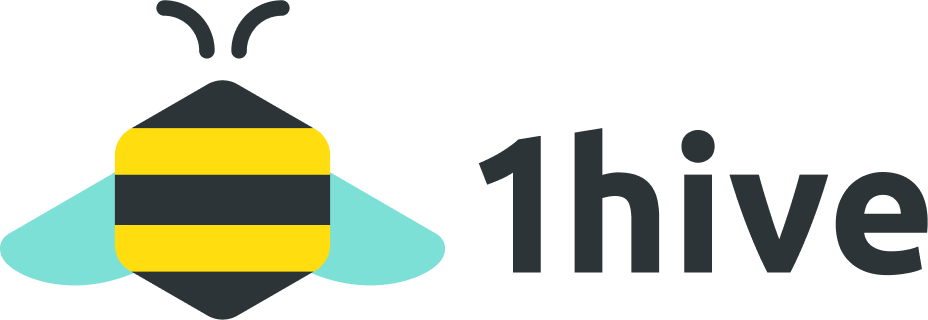Dear Friends,
I’ve been a sporadic contributor to 1hive over many years. I am a mathematician, mechanism designer and data science. I designed the original conviction voting algorithm, collaborated on some analysis for the monetary policy, and argued lovingly about the economic incentives underpinning Celeste. Recently I wrote a paper about Cybernetics and DAOs and submitted it for peer review to the IEEE Workshop on Decentralized Governance. I would like to share this preprint:
Aligning ‘Decentralized Autonomous Organization’ to Precedents in Cybernetics
Abstract
The concept of “Decentralized Autonomous Organization” has been popularized as part of the “Web 3.0” movement. This movement is characterized by digital infrastructures that are ‘decentralized’ in network architecture and permissionless to use. Decentralized autonomous organizations, referred to as DAOs, are a digital expression of the political will to self-organize. The granular entanglement of social and technical concepts makes it challenging to identify a historical precedent for DAOs. Yet, literature review and analysis reveals that this particular entanglement of information systems and self-organization is consistent with longstanding conceptual development and practice in the field of cybernetics. Drawing on Stafford Beer’s Viable Systems Model, this piece bridges DAOs and cybernetics via two main principles of organization: viability and purpose. Viability is a property of a system such that it has sufficient adaptive capacity to thrive in the face of change; adaptive capacity is characterized according to Ross Ashby’s concept of ‘variety’. Purpose is the ability to define and collectively pursue a goal in the sense of feedback control systems. Building on the control theoretic concepts of observability, controllability, and reachability, we examine the ‘governance surface’ of an organization and the associated trade-offs between resilience and robustness that emerge in governance surface design. We propose that this trade-off can be addressed with a constitutional archetype whereby an organization’s ability to update its code is constrained but not eliminated. A case study from a DAO known as ‘1Hive’ is explored to demonstrate this archetype in action. We consider the limitations of the cybernetics perspective by emphasizing the subjectivity of the governance designer. Finally, we conclude with future research directions.
as well as to invite feedback, or correction of any key details. Much of the description in case study part of the paper is based on my experiences within 1hive over the years. Given that i am submitting the paper for peer review by academics, it seems fitting to submit it for review by peers in 1hive.
Much Love,
mZ



